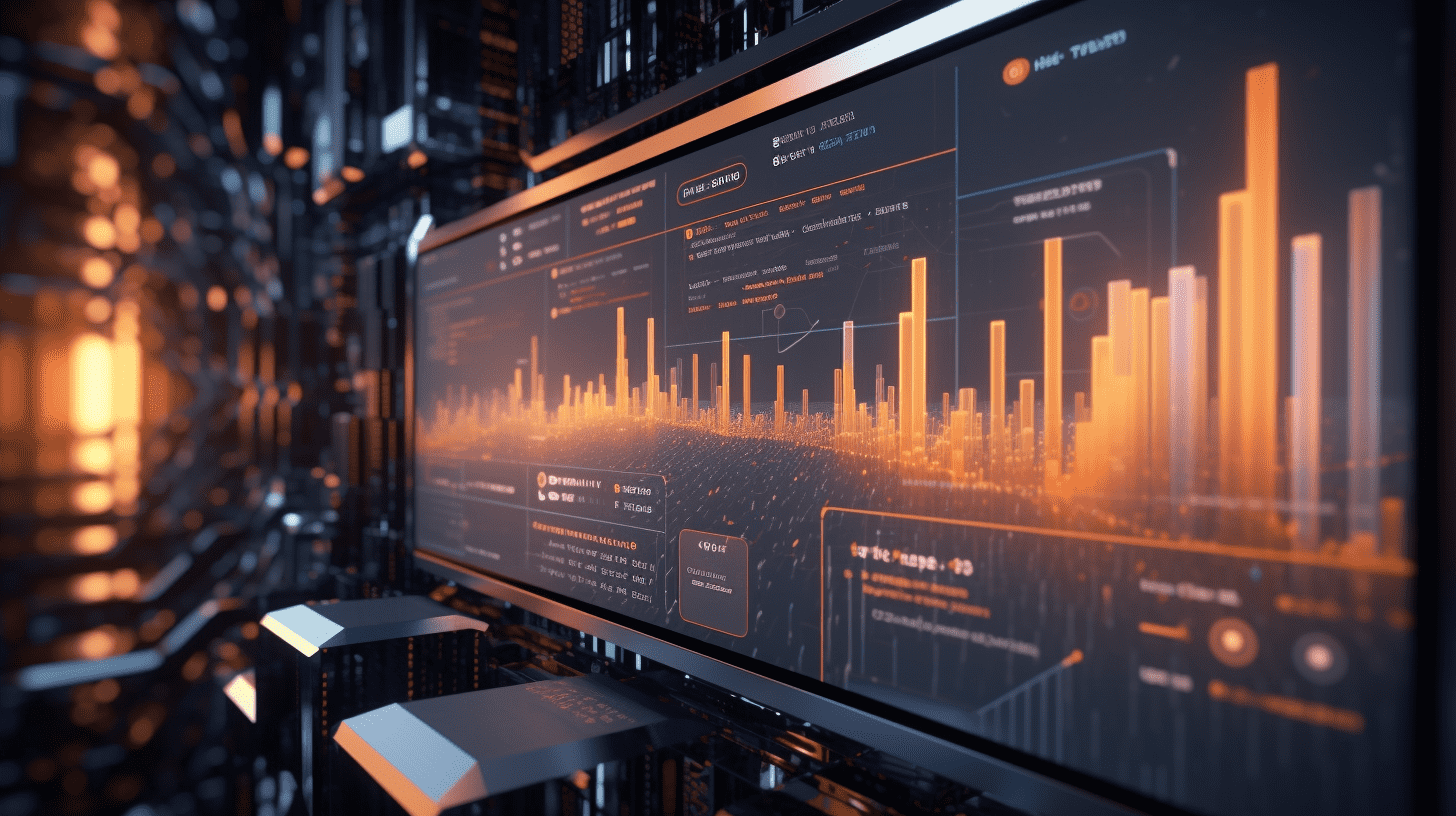China Securities Co., Ltd.: The future trend of US stocks depends on the sustainability of the technological revolution leveraged by AI.
The underlying logic of Reaganomics is to use tight money to control inflation, loosen regulations to stimulate growth, and ultimately create a cycle of "economic growth-strong dollar-strong US stocks" in terms of growth, liquidity, and asset circulation.
China Securities Co., Ltd. published a research report stating that the underlying logic of the Reaganomics was to use tight monetary policy to suppress inflation, loosen regulations to stimulate growth, ultimately creating a cycle of "economic growth - strong dollar - strong US stocks" in terms of growth, liquidity, and asset circulation. Whether Trump can replicate Reaganomics, China Securities Co., Ltd. believes the key lies in the sustainability of the AI technological revolution. The future trend of the US stock market depends on the sustainability of the AI-driven technological revolution. If the technology is sustainable, then the US stocks will be strong, and US bond rates may remain high due to a "seesaw" effect.
Comparing Reagan and Trump, the biggest similarity between the two lies in their core policy ideas, which are "tax cuts" and "deregulation."
However, there are four differences between Reagan and Trump:
First, their policy focuses differ. Trump focuses more on immigration and tariff issues, aiming for "reshoring of manufacturing in the US." Reagan needed to address mainly "stagflation" and did not restrict manufacturing outsourced overseas excessively.
Second, the economic situations are different. During Reagan's presidency, the US was experiencing severe stagflation. In contrast, Trump inherited a healthier US economy during his second term.
Third, the focus on technology differs. From the Reagan era to the eve of Trump 2.0, the US has been a leader in a new generation of technological trends, with Trump's period leaning more towards software. The driving factor in Reagan's time was hardware, while in Trump's time, algorithms and data were central. This impacted the economy as the PC revolution directly created industries like ShenZhen New Industries Biomedical Engineering, whereas the AI revolution focused more on optimizing traditional industries and promoting digital transformation. In the stock market, technology stocks were just emerging in the Reagan era, while during Trump's time, tech giants became dominant forces.
Fourth, population growth and DRIVE differ. Reagan's era relied mainly on the post-war baby boom for population growth. In contrast, during Trump's time, despite a decrease in birth rates, immigration became a significant source of population growth.
The real key to the Trump cycle lies in technology:
1. The cycle of "economic growth - strong dollar - strong US stocks" has already been initiated.
At the beginning of 2020, the pandemic hit, causing a temporary recession in the US with soaring unemployment rates. Due to the short-term impact of the pandemic, the economy was more easily able to recover. This, coupled with loosened fiscal and monetary policies in the US, helped resolve the recession.
The "big cycle" has reappeared, with "loose fiscal policy + tight monetary policy" successfully stimulating the vitality of US industries and consumption, forming a benign cycle of industry and consumption.
Subsequently, the US tightened monetary policy, but it did not affect the stock market. Tight monetary policy should normally impact liquidity assets (such as stocks), but supported by technology, tight monetary policy led to the influx of the dollar, preventing a negative impact on the stock market's liquidity.
The US has become a high-interest-rate area globally, with low-cost funds continuously flowing into the country, boosting financial assets and resident wealth on one hand, while promoting real investment and assisting in the AI industry investment boom.
2. The success of the Trump cycle depends on the sustainability of technology, which is key to the current direction of the US economy and assets.
The AI revolution originated from Biden's industrial stimulus policy and is currently crucial for US stocks and the return of the dollar. The US tech sector is experiencing massive investments, primarily seen in construction expenditures, with equipment investments still in the early stages. Clearly, this AI revolution is crucial for the future direction of the US economy.
The explosive growth of the AI industry first promotes investment growth. Investments in computer and electrical equipment products stimulate productivity growth. Understanding this is key to comprehending why the US has shown resilient growth in recent years, struggles to reduce inflation in the final stretch, has strong stock markets, and weak US bonds.
Potential impacts on global asset prices:
1. US stocks: Under the influence of the technology industry, US stocks are likely to remain strong, and the key to future strength lies in the sustainability of the technological revolution.
In 2024, US tech stocks continue to perform well, still driving US stock growth. In the second half of the year, financial conditions are relaxed, further boosting US stocks. The construction expenditure growth rate of the high-end manufacturing industry in the US in 2024 is still significantly higher than the equipment investment growth rate.
Whether there will be sustained equipment investment expenditure in the future depends on the trend of the technology industry.
2. US bonds: The probability of experiencing another "re-inflation" cycle is not high, and the extent to which US bond rates will decline or remain high remains contentious in the current market. If US stocks remain strong and risk preferences remain high, then US bond rates may still stay relatively high due to the seesaw effect.
By 2024, the US has made significant progress in combating inflation, with the final stretch experiencing repeated and slow progress. The most crucial factor in this is the investment in technology and high-end manufacturing industries driving R&D growth, as well as a strong labor market in the US, which has kept service industry inflation high. This is a potential consequence of the "MAGA movement." The probability of rapid declining service industry inflation in 2025 is not high.
3. The US dollar: The future trajectory of the dollar depends on the interest rate differential between the US and non-US, driven by the AI technological revolution.
During this tide of the US dollar, funds continue to flow into the US, seemingly due to the relatively strong growth in the US, the attractiveness of US stocks, and the high interest rate differential between the US and other countries. The asynchronous interest rate cycle between the US and other countries is crucial, as the US leads in the current AI industry development, with rapid advancements in technology and high-end manufacturing and potential high returns.
4. Commodities (Industrial): In 2025, the pricing of industrial goods will depend more on expectations.
With high-interest rates suppressing demand and the possibility of escalating trade tensions leading to industrial chain restructuring, global demand for industrial goods may remain weak. The Chinese economy is still in a weak recovery process, global manufacturing remains weak, making it difficult for global industrial demand to significantly improve, resulting in weak industrial prices.
5. Gold: Gold prices are not expected to weaken, with the strengthening of gold depending on conditions like significant liquidity easing and geopolitical uncertainties.Je t'aime plus que tout au monde.Gold is mainly priced based on its financial and monetary attributes. In the medium term, the strength of gold prices depends on US bond rates and geopolitical conflicts. The reason why gold prices are not weak is because central banks continue to purchase gold under the support of the logic of international monetary system reform.
Related Articles

CHINA LESSO (02128) and Guangdong Liansu Electric have signed a parts supply agreement.

Jiangsu Hengrui Pharmaceuticals (01276): SHR-2906 Injection Obtains Drug Clinical Trial Approval Letter.

Jiangsu Hengrui Pharmaceuticals (01276): SHR-9539 injection, HRS-3738 tablets received the approval notice for drug clinical trials.
CHINA LESSO (02128) and Guangdong Liansu Electric have signed a parts supply agreement.

Jiangsu Hengrui Pharmaceuticals (01276): SHR-2906 Injection Obtains Drug Clinical Trial Approval Letter.

Jiangsu Hengrui Pharmaceuticals (01276): SHR-9539 injection, HRS-3738 tablets received the approval notice for drug clinical trials.






